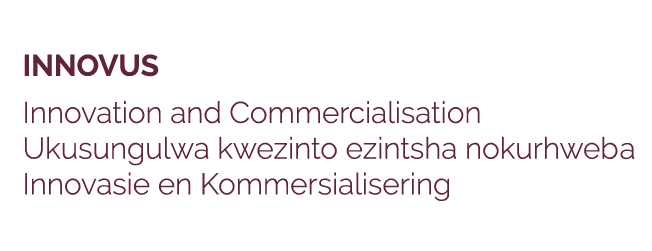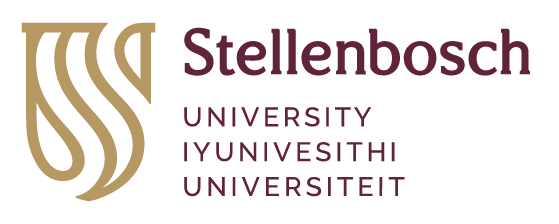A Stellenbosch University and Innovus spinout company is changing the way medical students’ study, thanks to a software solution that enables you to navigate a virtual reality world of learning.
If you want to study the heart and its electrical system, all you must do is to put on a headset and immerse yourself into the virtual reality world that AxioAcademy created for medical students. Switch it on, and soon you find yourself inside an almost life-size three-dimensional heart with which you can interact and learn as you follow the same path as the electrical signal of a heart travels through the network of cells causing the atria and ventricles to contract.
After qualifying and working as a medical practician, Dr Stefan du Plessis embarked on his PhD and, in the process, began to develop an interest in software development and neuroimaging. One thing led to another, and after completing his doctorate, his subsequent discoveries led him into the world of biomedical engineering, where he is currently doing his master's degree.
Together with his two partners in AxioVR, the company which designs customised virtual reality paradigms to help clients prepare for and understand real-life situations, they expanded their VR business into the world of learning by establishing AxioAcademy. AxioAcademy is a VR world in which they create complex three-dimensional organs and objects for a unique learning experience. From the heart's anatomy, the brain and its stem, cellular organs and even molecules virtually come alive in the medical VR modules created for medical students.
His two partners are Gideon Burger, looking after the business side of things, and Natalie Roos, the Creative Director, who has the vital role of ensuring the images they create in the VR world, is as close to reality as possible. Ivan Crockart, Dr Rensu Theart and Heino Laubscher are the programmers that must master the software to create the AxioAcademy study material in 3D. Angeli van Rensburg and Frankie Scholtz is responsible for the 3D designs.
Although probably not the first and only company in South Africa that is exploring this new way of learning, AxioVR is for sure at the forefront of their industry, presenting complex three-dimensional shapes into easy-to-follow information guides, laying the groundwork for future study.
"VR technology has been in used since the early 1980s," says Stefan, "but only in the last decade did it became affordable for people like us to use."
According to him, they are using well-known gaming software, Unreal Engine, that is free to create their interactive environments. Initially, AxioVR developed therapeutic-type software solutions to help people overcome phobias, such as a fear of heights or a fear of depts. "We would immerse a person into a virtual warehouse where they have to stand on a plank which you slowly raise, easing them into the height slowly and eventually help them to overcome their fear."
A monitor is built-in to show clients their own anxiety levels as they interact with these images of heights of depts. "Most people don't even realise how strong their physiological responses are to potential danger. With our system, we can help people become aware of their physiological responses and therefore help them learn to overcome them," says Stefan.
As a full-time researcher at Stellenbosch University, Stefan hopes AxioAcademy will create the necessary revenue for their business to develop more niche-type therapeutic products to help people overcome specific difficulties. "We are currently developing AxioAcademy into a sustainable product."
For now, they are expanding on their AxioAcademy application programme to incorporate as many modules as possible. The idea is that these modules become complimentary to the printed (handbook-type) learning modules in the world of medical studies. They also ensure that it can be accessed via a variety of headsets – and eventually on a web browser or even a mobile phone. There will be modules for neurology, cardiology and neurosurgery, and products coming out of collaboration with the faculty of physiology and microbiology.
Although they are focusing on the South African environment now, Stefan believes the application will attract audiences around the globe.

Innovus, Stellenbosch University
|
15 De Beer Street
Stellenbosch
7600
South Africa
|
PO Box 3135
Matieland
7602
South Africa
|
|
t +27 (0) 21 808 3826
e info@innovus.co.za
e forms@sun.ac.za |

